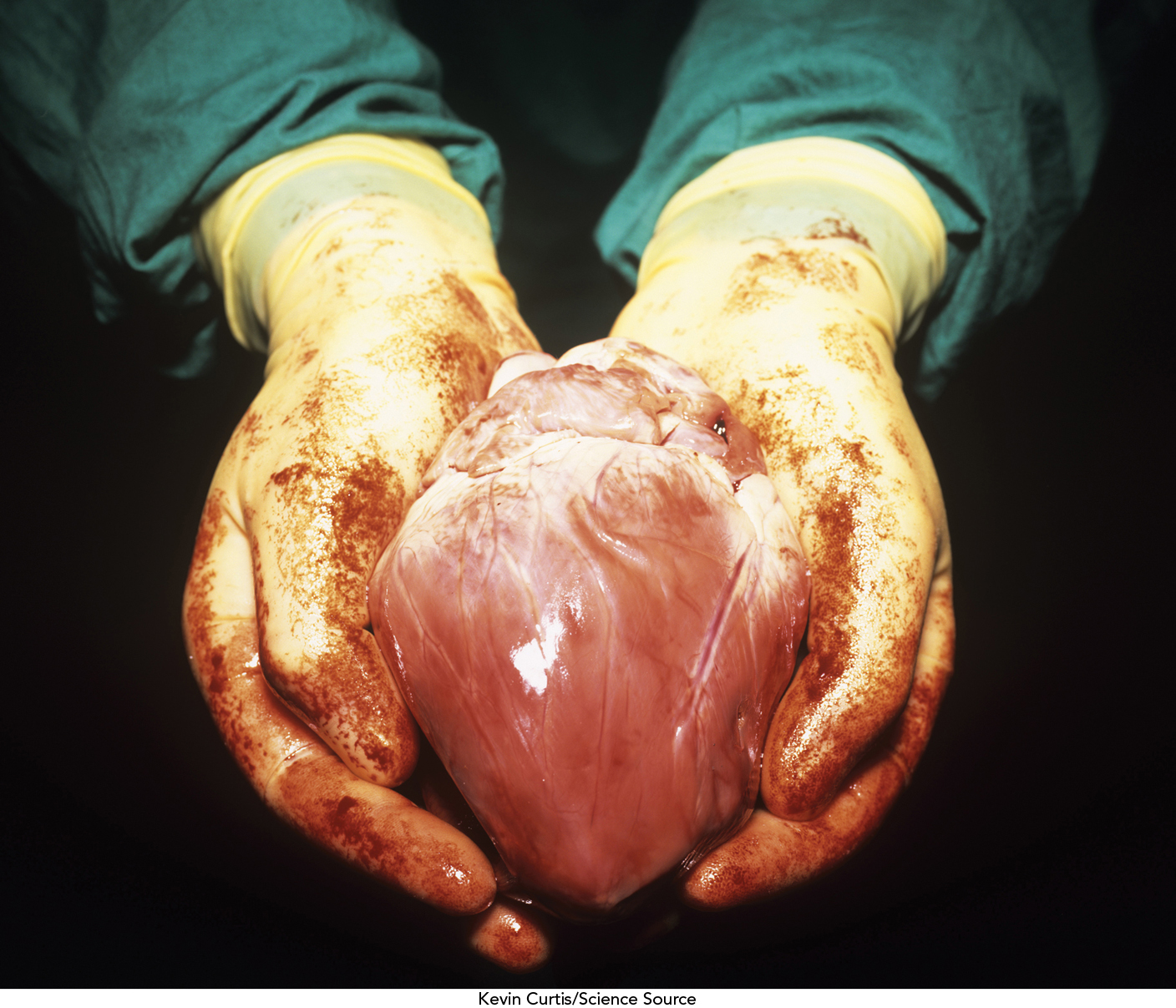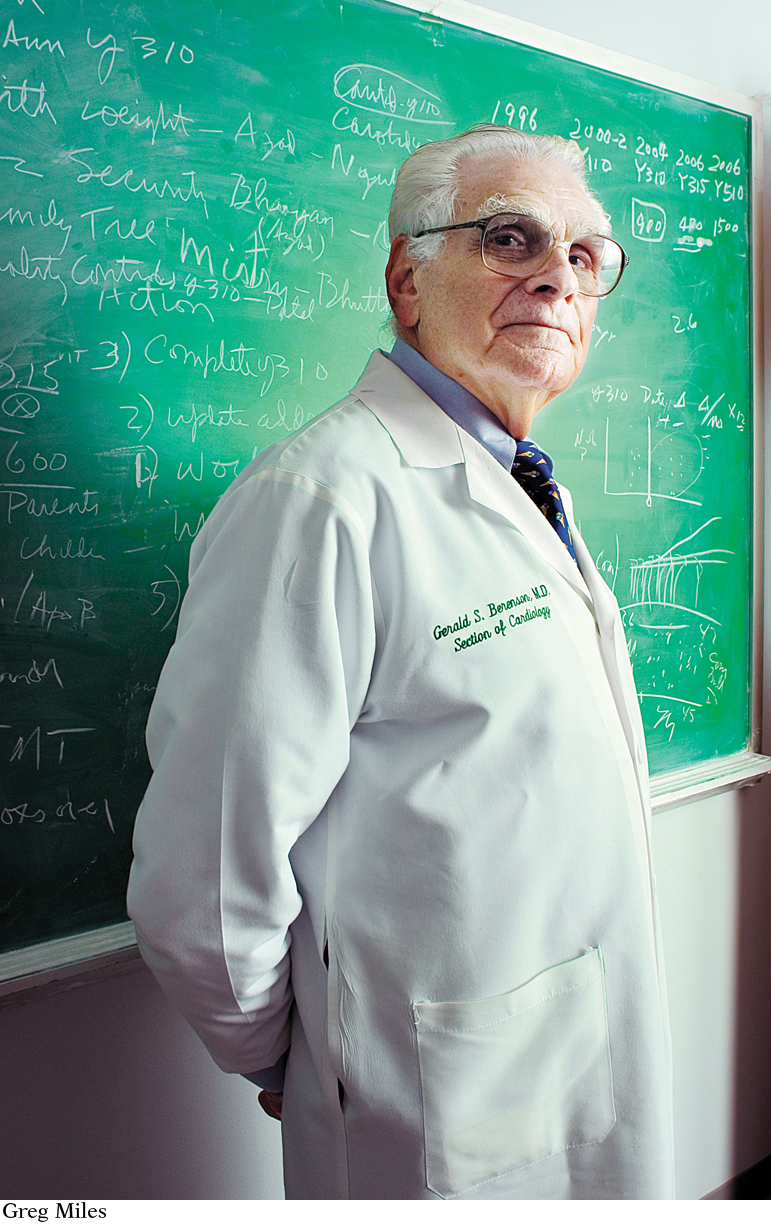Chapter Introduction
7
LIPIDS IN HEALTH AND DISEASE

143
LEARNING OBJECTIVES
Summarize the events that lead to the development of atherosclerosis (Infographic 7.2)
Identify at least five risk factors that affect the initiation or progression of cardiovascular disease (Infographic 7.4)
Describe how total cholesterol, low-
density lipoproteins, and high- density lipoproteins interact to affect the risk of cardiovascular disease (Infographic 7.5) List the cluster of risk factors associated with metabolic syndrome (Infographic 7.6)
Discuss the implications of and recommendations for intake of saturated fatty acids, trans fatty acids, and unsaturated fatty acids in relation to cardiovascular disease (Infographics 7.7 and 7.8)
Summarize the dietary strategies that reduce the risk of heart disease (Infographic 7.9)
Some scientific discoveries begin in a laboratory. This one began in a funeral home in 1978.
Under glaring lights, in the back room of the Cook-
144
Before closing up, they carefully removed the victim’s heart, packaged it in saline, and prepared it for a trip to a medical school in New Orleans. It was an unusual step, not standard for an autopsy. But the pathologists were heeding the instructions of a prominent local physician, who had the blessing of the family.
Since 1972, Gerald Berenson, a cardiologist with the Louisiana State University School of Medicine, had spearheaded what was then a novel investigation: an epidemiological study of heart disease in Bogalusa, a rural town of about 16,000 people, located 60 miles north of New Orleans.
The study began with a pretty simple idea: Follow a large group of children over time and correlate their physical and lifestyle attributes with their risk for developing heart disease in adulthood. The biggest hurdle was a logistical one—
And Berenson wanted to do more than make statistical correlations: He also wanted to document the progression of heart disease directly. For that he needed a different type of evidence.
The heart that Berenson obtained in 1978 was one of more than 200 such organs collected from young people in Bogalusa over the next 20 years. Some died in car accidents. Others drowned, or were stricken with pneumonia. Still others were slain by bullets. The victims were as young as 2 and as old as 39.

In fact, nearly every young person who died, of whatever cause, was autopsied and their heart was removed. Together, they transformed our understanding of heart disease.
CARDIOVASCULAR DISEASE (CVD) a group of conditions that impair the heart and blood vessels
Bogalusa is typical of many rural Southern towns, in which poverty and poor education have exacerbated problems of public health. More than 40% of individuals in Bogalusa live below the poverty line. Sadly, poverty is linked to a number of health problems, most notably heart disease, known more formally as cardiovascular disease (CVD). CVD refers to conditions that impair the heart, arteries, veins, and capillaries, which move blood throughout the human body. For more than 100 years, CVD has been the number one cause of death in the United States; today an estimated 1 in 3 Americans have some form of the disease. In 2009, more than 2,000 Americans died of CVD every day, equating to an average of 1 death due to CVD every 40 seconds. It’s not just a disease of old age, either—
145
